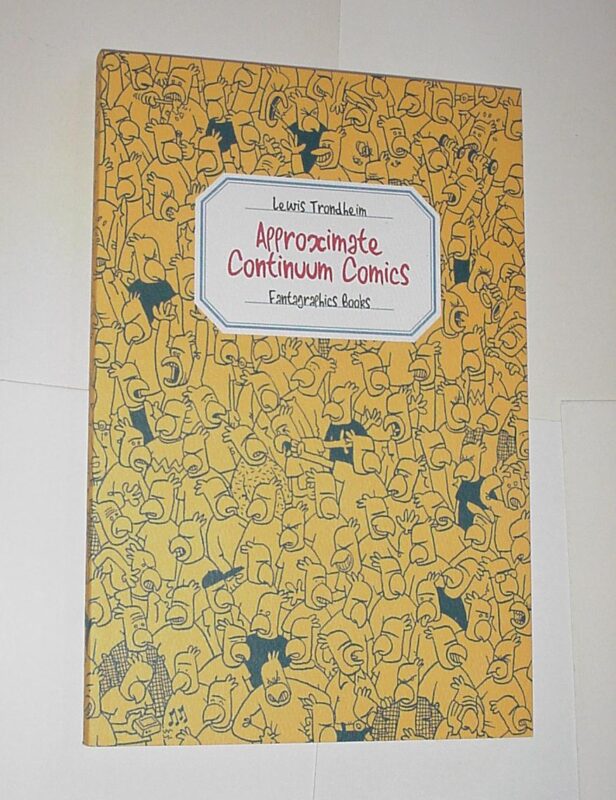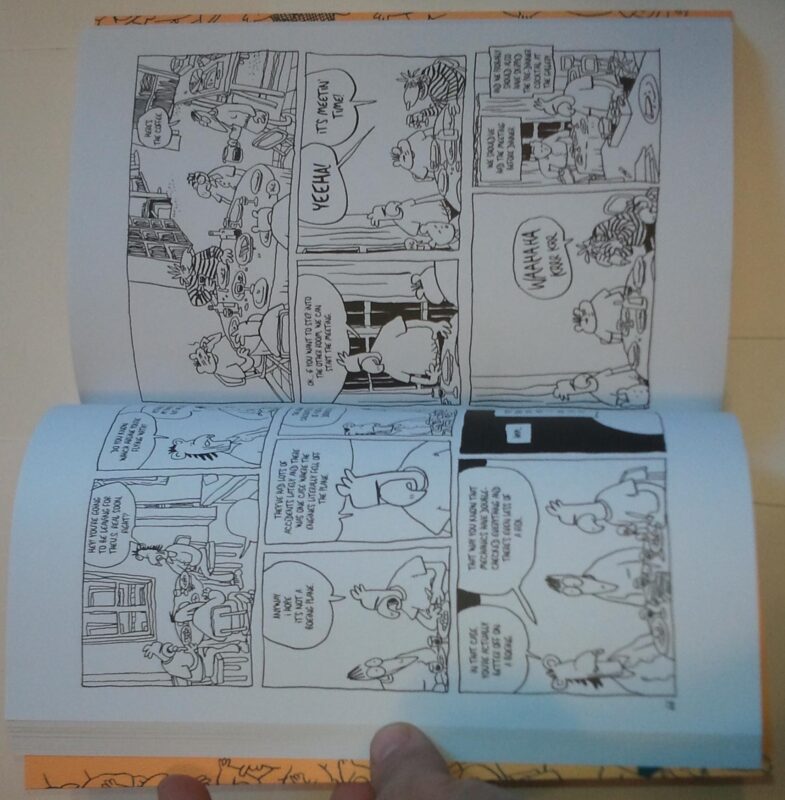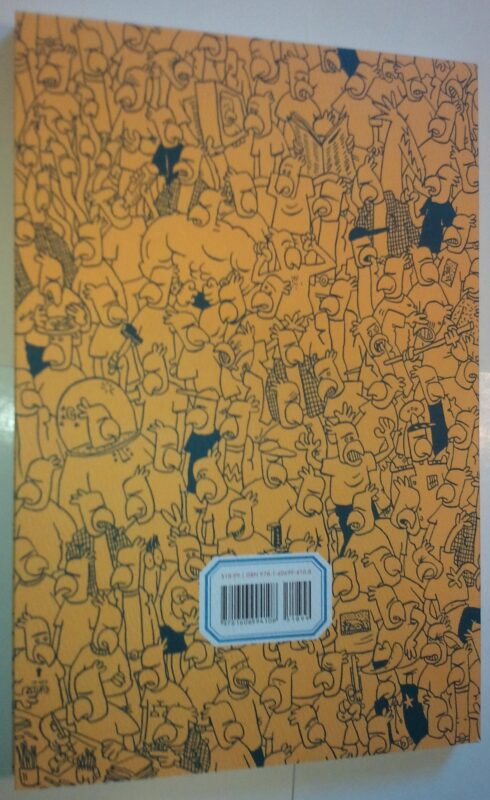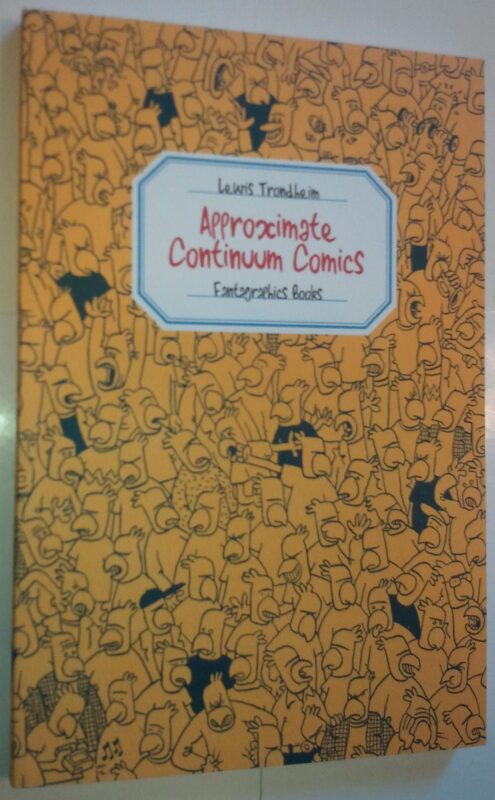Approximate Continuum Comics TP Lewis Trondheim 1st print Fantagraphics
$79.99
Description
APPROXIMATE CONTINUUM COMICS GN (FANTAGRAPHICS BOOKS) Approximate Continuum Comics brings American readers the first portion of the Trondheim autobio trilogy that also comprises the Eisner-nominated At Loose Ends meditation serialized in Mome (which will be released as a graphic novel in 2012) and the ongoing Little Nothings series of short slice-of-life stories (three to date from NBM Publishing), as well as the first three chapters serialized in the Nimrod comic book. In Approximate Continuum Comics, Trondheim’s typically graceful, confident cartooning shows him wrestling with his own demons (sometimes, in dream sequences, literally) and an often malevolent world, while trying to maintain his rising career as one of Europe’s most beloved cartoonists. [(W/A/CA) Lewis Trondheim] The groundbreaking Trondheim autobio graphic novel: finally collected and released in English. One of the very first autobiographical graphic novels to come from France, Lewis Trondheim’s Approximate Continuum Comics set the standard for the honest, often hilarious chronicling of a cartoonist’s life. Trondheim’s typically graceful, confident cartooning shows him wrestling with his own demons (sometimes, in dream sequences, literally) and an often malevolent world, while trying to maintain his rising career as one of Europe’s most beloved cartoonists. “Trondheim… is truly at the height of his powers in Approximate Continuum Comics.” (Rob Clough – The Comics Journal) If you’re not yet familiar with the comics of Lewis Trondheim, you probably should be. One of France’s top creators, Trondheim’s work is just starting to regularly appear on these shores. Two series dominate his American appearances: the Dungeon graphic novels with Joann Sfar and other collaborators; and his autobiographical travelogues, Little Nothings. Both of those series are published by NBM, but for many years prior to Dungeon and Little Nothings, Fantagraphics was Trondheim’s American publisher, most notably with the black-and-white series The Nimrod, which ran 7 issues from 1988 to 2003. I only discovered Trondheim a couple of years ago, so Nimrod slipped under my radar, just as it did with too many US comics readers. Luckily, I found a few of the back issues this past winter, and they’re great. One of the highlights was a series of autobiographical stories that looked at Trondheim’s roles and misadventures in the Franco-Belgian comics scene. Those tales, along with a few chapters that have never appeared in the United States, are now collected in Approximate Continuum Comics. If you’ve read Little Nothings, you know that it is comprised of one-page vignettes, beautifully executed in watercolor. Approximate Continuum Comics is much earlier work (first drawn around 1993 and 1994), so it’s looser, rougher, and not quite as developed artistically. It’s also a deeper story, chronicling an important phase of Trondheim’s life. These were the years he made his real leap from self-published upstart to internationally published superstar. It’s a wonder how he got there. Trondheim (as depicted by Trondheim) is a mass of neuroses and tics. He’s full of self-doubt and more than a little bit of anger. But what sets him apart from oh-so-many other autobiographical cartoonists is that he’s also devoted to his life and his art. You might say that this is a book about beating yourself up in service of self-exploration, which itself is in service of creating great stories. As Trondheim tells his story, we get to meet the other players in his life, including his partner, Brigitte (whom he marries halfway through the book), and cartoonists David B., Emile Bravo, Didier Tronchet, Jean-Christophe Menu, Killofer, and Philippe Dupuy, among others. These are all creators growing up alongside him and creating their own careers, and as his main sounding boards, they are also the primary avenue upon which he throws his insecurities. Now, I’m not well versed in European comics, so I don’t have much of a clue who most of these people are, and maybe some of the book would have meant something more if I were more familiar with them or their work, but luckily you don’t need to know much about them or the French comics scene to read this book. Some passages and references went over my head, but it’s not a history book, so it could be forgiven. The looseness of the art serves the story well, allowing Trondheim to depict a greater level of emotion than in his more recent stories, and also to be more surreal. Many segments of the book are dreamlike, which actually serves the diary aspect of the work well. It allows Trondheim to give his imagination form and to show how that imagination, which is his greatest asset, is on occasion also his worst enemy, since it allows him to blow any little event in his life way, way, way out of proportion. The book ends with a unique element: several pages of rebuttals from the other comics creators depicted throughout. These are both hilarious and insightful, providing a broader picture of the tales within, and of Trondheim himself. It’s a great way to bring the collection to a close. By the way, the title of this book does give a hint as to its own weakness: As with most diary comics, Approximate Continuum Comics is not quite a complete story, but a collection of anecdotes that work together to tell a broader tale. Some details are missing, sometimes leaving you to wonder how Trondheim got from point A to point C. Some chapters end abruptly with no signal that the next page is the beginning of a new anecdote. A few story threads disappear. But the anecdotes are still more solid and deeper than those in Little Nothings, which restricts each story to a one-page gag. The net effect is both satisfying and likely to leave you wanting just a little bit more. If that means buying and reading your next Trondheim book, so be it.
978-1-60699-410-8
Near mint, 1st print. Minor wear to DJ.
Related products
-
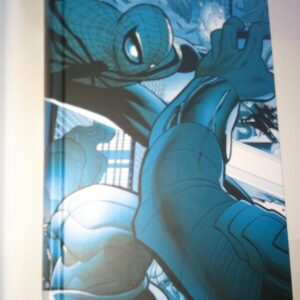
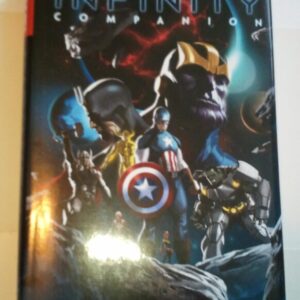
Infinity Companion Omnibus HC 1st print Guardians of the Galaxy X-Men Thanos
$199.99 Add to cart -


Unruly A Comix + Literary Journal 1 Alex Robinson
$39.99 Add to cart -


Green Lantern by Geoff Johns Volume 2 Omnibus HC 1st print NM Ivan Reis Shrinkwrapped
$324.99 Add to cart -

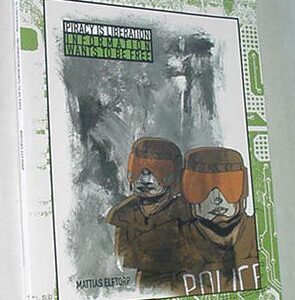
Piracy is Liberation Vol1 Info Wants to Be Free TP 1st print Mattias Elforp
$49.99 Add to cart
